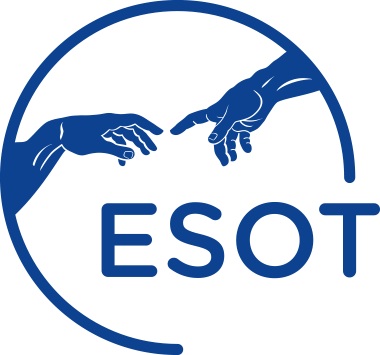- Journal of Clinical Apheresis. 1994; 9(3):171-5.
- Abstract
- Pubmed Link
Two patients were treated with photopheresis for marked cardiac allograft rejection with hemodynamic compromise that had become unresponsive to standard therapy. Multiple episodes of rejection had occurred, and initial response to standard therapy was favorable. However, progressive deterioration was documented by serial endomyocardial biopsies, fever, congestive heart failure, and abnormal cardiac catheterization findings. In the absence of retransplantation, death seemed imminent. Photopheresis was begun. Both patients received oral 8-methoxypsoralen and > or = 5 x 10(9) mononuclear cells were collected, treated with ultraviolet light A for 1.5 hours, and were reinfused. One procedure was performed weekly x4 and then monthly x5. Responses were striking with rapid loss of fever, improvement in exercise tolerance, normalization of cardiac hemodynamics, and improvement in endomyocardial biopsies. Although our experience with these two patients is anecdotal, photopheresis merits further study as treatment for severe cardiac allograft rejection.
BACKGROUND:
There is no standard definition for “HLA incompatible” transplants. For the first time, we systematically assessed how HLA incompatibility was defined in contemporary peer-reviewed publications and its prognostic implication to transplant outcomes.
METHODS:
We combined 2 independent searches of MEDLINE, EMBASE, and the Cochrane Library from 2015 to 2019. Content-expert reviewers screened for original research on outcomes of HLA-incompatible transplants (defined as allele or molecular mismatch and solid-phase or cell-based assays). We ascertained the completeness of reporting on a predefined set of variables assessing HLA incompatibility, therapies, and outcomes. Given significant heterogeneity, we conducted narrative synthesis and assessed risk of bias in studies examining the association between death-censored graft failure and HLA incompatibility.
RESULTS:
Of 6656 screened articles, 163 evaluated transplant outcomes by HLA incompatibility. Most articles reported on cytotoxic/flow T-cell crossmatches (n = 98). Molecular genotypes were reported for selected loci at the allele-group level. Sixteen articles reported on epitope compatibility. Pretransplant donor-specific HLA antibodies were often considered (n = 143); yet there was heterogeneity in sample handling, assay procedure, and incomplete reporting on donor-specific HLA antibodies assignment. Induction (n = 129) and maintenance immunosuppression (n = 140) were frequently mentioned but less so rejection treatment (n = 72) and desensitization (n = 70). Studies assessing death-censored graft failure risk by HLA incompatibility were vulnerable to bias in the participant, predictor, and analysis domains.
CONCLUSIONS:
Optimization of transplant outcomes and personalized care depends on accurate HLA compatibility assessment. Reporting on a standard set of variables will help assess generalizability of research, allow knowledge synthesis, and facilitate international collaboration in clinical trials.


